Born in Hong Kong and now resident in London, Nicole Chui describes herself as a messy, brash and disruptive artist specialising in freestyle hand embroidery.
Chui is all about breaking with the conventions and expectations of tradition – her goal being to disrupt perfection and inspire others to embrace their raw emotions – as well as to create spaces where the underrepresented can make new memories. And she puts her money where her mouth is – Nicole is also the co-founder of London based football club, Baesianz FC – a space where women, trans and non-binary people of Asian heritage can play football.
Her life, it seems, is fiercely bound up in her art. Being creative is the key to understanding herself and the events unfolding around her. And her focus might be drawn from any of her passions, from football to music, to challenging stereotypes or injustice.
But predominantly Nicole’s practice is all about living and creating art in the moment – art packed with real and often raw personal meaning. Being messy isn’t a stylistic device, it’s Nicole being courageously honest. So much so that she’s attracted the attention of brands such as Manchester United, i-D, Adidas, New Era, Google and Nike, who love her aesthetic and original take on the world around her.
Articulating emotions
TextileArtist.org: What or who were your early influences?
Nicole Chui: The core of why I began any sort of embroidery is my grandma. She used to stitch English smocking on all my childhood dresses, which had a lot of beautiful traditional English-style hand embroidery, particularly florals or anything garden related.
Learning from her how to do that particular type of embroidery was just an excuse for me to hang out with her more. She was such a perfectionist and it was annoying at times, but I loved spending time with her.
In high school I began to find out about Maurizio Anzeri’s work: he was a key influence in the beginnings of layering embroidery onto photography. As my techniques and ideas evolved, my style and expression became louder, using colour and texture to articulate emotions I couldn’t put into words. It was also influenced by my taste in loud music, athletes, performers and outspoken individuals.
I used to be intensely afraid of being judged, and it stopped me from giving my honest opinion, but now I just embrace the realness. Having a lot of repressed thoughts and opinions definitely shaped some of my early work as it was my way of putting things onto paper.
What was your route to becoming an artist?
It was never intentional but I’ve always been passionate about creating things that spark interesting conversations and reactions. Art was my way of expressing genuine independent thoughts and creativity without the influence of other people’s opinion.
Throughout my time studying fashion, then working in the fashion industry, I found it necessary to create art in order to represent and discover my identity through a separate creative medium that felt true to me.


How would you describe your practice currently, and how has your work developed since you graduated?
I’ve evolved my work from purely stitching on photography. I allow the embroidery to speak for itself on various media, from fabrics to patchwork and different papers. I’ve learnt that the thread work I’ve created has a specific voice of its own and it’s been interesting to see it live on various surfaces.
I’ve also decided to increase my scale, bit by bit, and I’ve moved to a studio in west London and have dedicated that space to just making new things.
I’m focused on making things that excite me. I am going through a bit of a creative hurdle so really I am just using emotion to guide me through this period and inform the direction of where I want to go. But lately, I’ve been inspired by football, particularly Baesianz FC.

You describe yourself as a messy, brash and disruptive artist – why is this important to know?
To me, it means not following a pre-existing formula for doing what I do. Overall, I think my practice is making space for my organised mess. It makes sense to me, but it looks chaotic and confusing to someone else.
I base a lot of my work on feeling and intuition, which isn’t visual, rather than visual references or research. To me that’s what causes a lot of the messes – the disruptiveness and brashness come from my impulsive and impatient nature to take action, which is ironic considering everything is hand embroidered and so meticulous.
“People often expect textile work to be pretty, decorative or even dumbed down in some way, but there’s an intentional rawness or directness to your visual language: how would you describe your aesthetic?”
I’d describe it as colourful, loud and intense. I like expressive and bold things like cartoons, action movie posters, the adrenaline of sports, organised messes, and abstract expressionism.
What I love is the striking immediacy of it, but then the more you revisit or look at the work, the more it evokes something else within your mind.
I think the bold choices of my colour palettes are inherently due to my terrible eyesight. I am very short sighted, which is why I wear glasses all the time now. I need colours that I can identify from afar.


Threads of connection
In the past you’ve mentioned that you’re interested in how stitch brings a variety of textures and vividness to your work. Has this changed?
It’s still the same. I think continuing the medium has allowed me to meet more people who are fascinated by it, which has been the cool part of my job.
I like seeing different people’s interpretations of embroidery art and I’m always curious about the stories behind how they got into it. What I love about stitch is that everyone has a relationship with it somehow, so it’s been a great way to meet people beyond creating the work itself.
You have said that everything in your work is political. What are you addressing through your art?
Some things I’ve referenced include societal taboos in Chinese culture, privilege, the environment, and being a woman. I make art to understand myself and the things happening around me.
“Embroidery art helps make the message seen but, most importantly, because it’s hand stitched and there’s a long and repetitive nature to creating these works, it forces me to immerse myself in understanding what I’m saying.”


Turning a new page
Do you still work with printed media such as photos or magazine pages?
Yes! It’s still part of my sketchbook process and something I’ll never get rid of – I treat magazines as my sketchbooks. My dream is to compile them all, complete every single page and exhibit them.
My techniques are very unstructured and unpolished, which makes everything I do more fun to work on. A sketchbook, to me, feels like a diary and a safe place to express random thoughts and ideas.
I’m generally drawn to faces, but lately, I’ve noticed that I like covering the entire page with thread work, so it’s like creating a new surface textile. I think my work is heading towards a more abstract direction, taking all the facial expressions into a more flat but layered interpretation.

The process
Tell us about your process from conception to conclusion.
Generally, I start with a photo or illustration: that’s the base of it all. Then I freestyle the hand embroidery and use my emotion and intuition to guide where each stitch goes.
Most of the time I use red, but lately I’ve been starting to embrace more neutral colours while still keeping the level of intensity and loudness, so the style remains true to the rush of emotions. I like building its intensity up to a strong and more bold palette, layer by layer. I tend to gravitate towards embroidering on portraits of people because I can always see myself in each image.
Where do you create your work? Do you have a studio?
I like working in a space where I feel relaxed but still somewhat social. At the moment it’s at HQI in London, my current residency location. I like listening to music that makes me feel emotional, or music that gives me the feeling of wanting to move and dance. It can be difficult at times because it’s distracting, but certain songs strike different memories which have informed my works in the past.
I think, for me, I also like environments where I don’t feel constantly watched. A less private location can limit what I want to create as I overthink about my surroundings and get paranoid easily.

Current concerns
What else are you up to?
I’m currently trying to use embroidery to transform ordinary objects into new works of art. It’s still a process of experimenting and discovery but I’m enjoying taking my time with it. I’m also embroidering custom-made sweaters that I’ve just released in my online shop, which are all made to order. Finally, I’m planning a new upcoming commission for a London-based gallery.
I recently did a screen-printing workshop and I’m developing a text-based print for fun. I’m seeing how things go, to work out whether I like the direction of it or not. So far, I love it, but it’s taking longer than expected to complete (as usual).
And I’m continuing work on a big piece, which has a portrait printed on canvas. I’ve been stitching this on and off since 2019. I haven’t revisited it in months, but I’ve displayed it next to my desk on my large hoop, to force myself to remember to stitch on it.
You’ve worked with a number of commercial clients – have any been particularly significant for you?
I’ll always remember the piece I did for Virtue Worldwide’s Stop Asian Hate campaign commissioned by Hannah Bituin and Marcus Ray. It had a lot of personal meaning and emotion after a tough few years that changed my life.
It was great to be part of working on a pitch for Manchester United’s third kit campaign, because it’s a club that has been around me all my life (I don’t support them personally, I’m a Spurs fan FYI). Naturally, being a football fan – football is a big part of my life – it is very satisfying to mix genuine passions into my embroidery work.
I liked the project’s references because it started from exploring craft through the club’s fan culture and it was nice to recreate that same energy the fans had for matches and their banners or badges.


How did you get into running workshops, and what processes or approaches are you interested in teaching or sharing?
It happened naturally after the pandemic because people wanted to learn something new, and it was a good opportunity to explore that side of my business once it got popular.
I like making sessions as accessible and easy-going as possible because people come to relax. I think most times I just end up facilitating, rather than dictating, because people have their own ideas on what they want to create, using my style of embroidery art as a starting reference.
For me, it’s a great way to meet new people and explore new ideas through chatting to people outside of my circle.
The pandemic also allowed me to let go of my old works, making way for new pieces. I also feel like I’ve challenged myself to teach and involve my skill set in a lot more community work, which has been the biggest shift.
Ups and downs
Can you tell us about any creative or professional hurdles you’ve had to overcome?
“Sometimes staying focused is hard for me, and I’ve been quite distracted lately, but I’m using those distractions as inspiration. Everything can be an inspiration, which I love/hate.”
Professionally I think it’s been hard to tell people ‘No’ because there’s always a perpetual fear that the next project or thing is never going to come.
And what works best for you personally in your practice?
Just making things that are very ‘me’, and intentionally letting things fall into place rather than over-worrying, has helped so far. Consistency has allowed me to continue doing this for the past five years so, naturally, the themes and my style develop, which is all part of the process.
For the future, I want to keep creating art, and I want to make sure what I create lasts a lifetime, whether it’s the physical piece or the ethos of it. I’d also like to continue to collaborate and be respected for my work in embroidery art by my peers in the creative industries.
Finally, what advice would you give to an aspiring textile artist?
Just start, and make it work for you. I’d also say keep going, keep learning, and make sure you take accountability for your mistakes. There’s always time to learn.


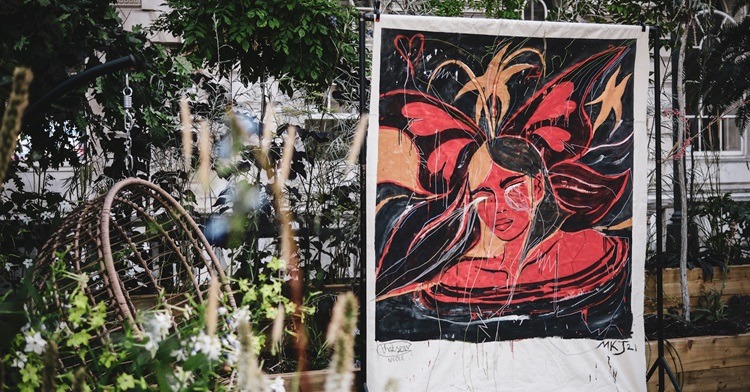
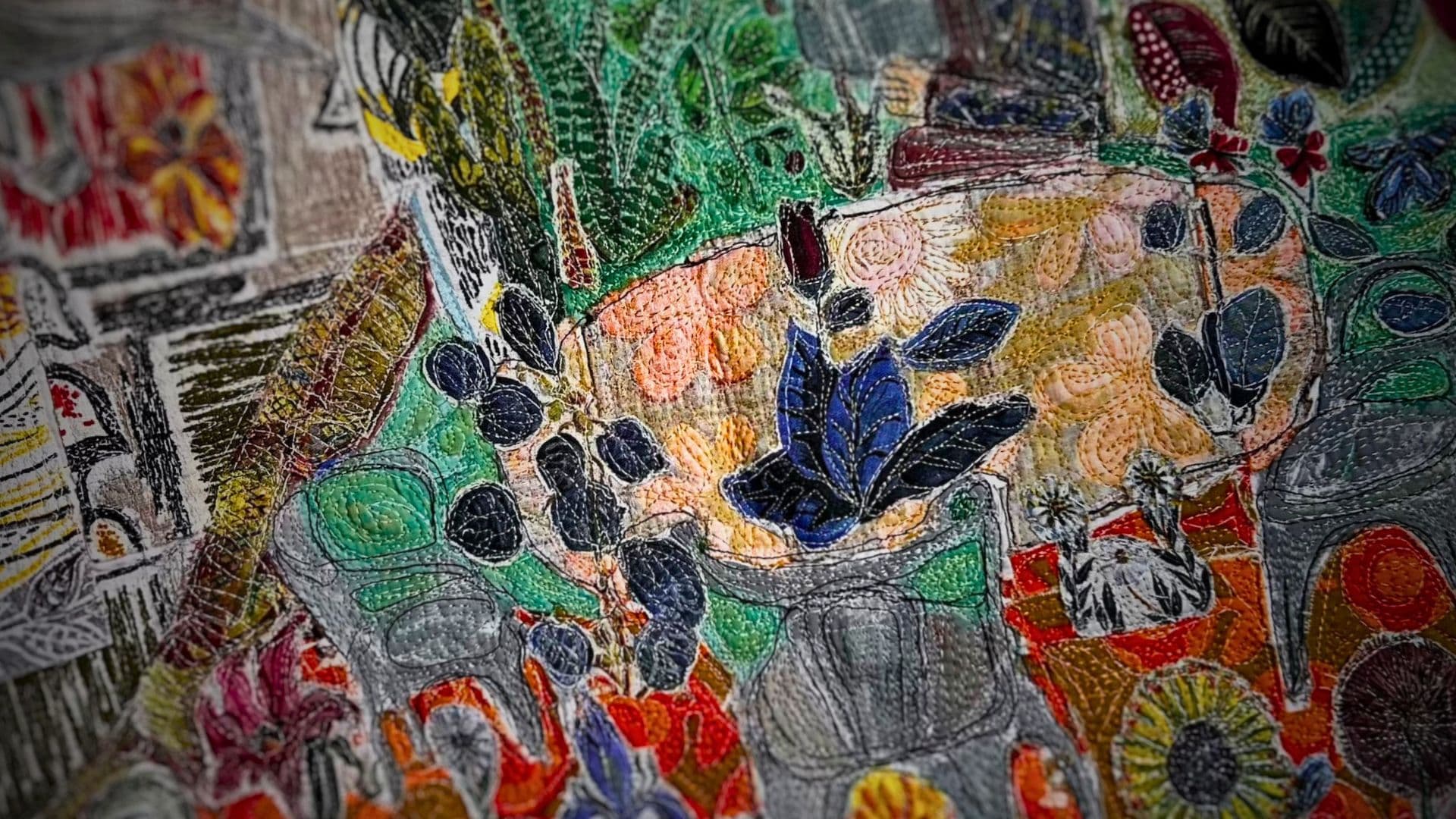
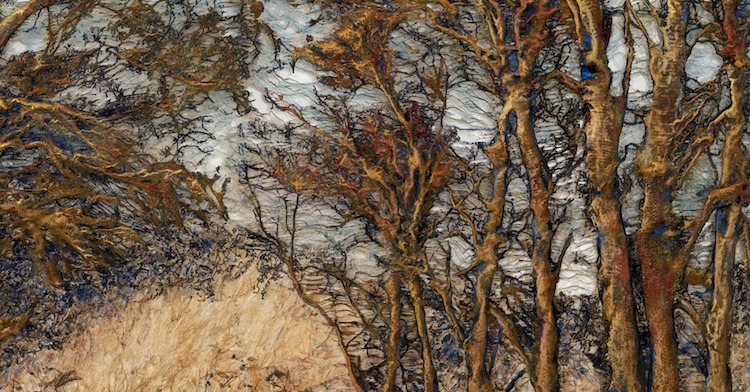
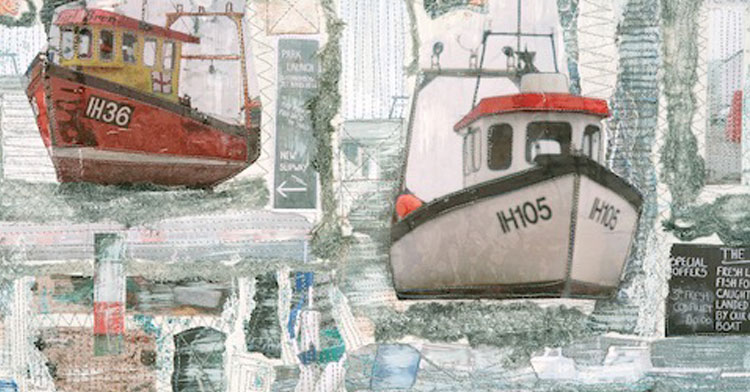
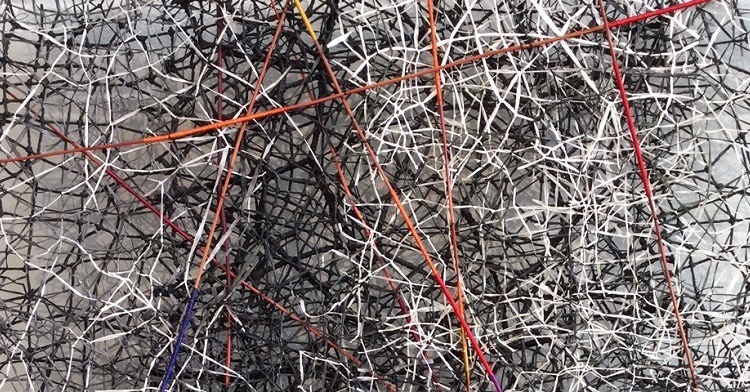
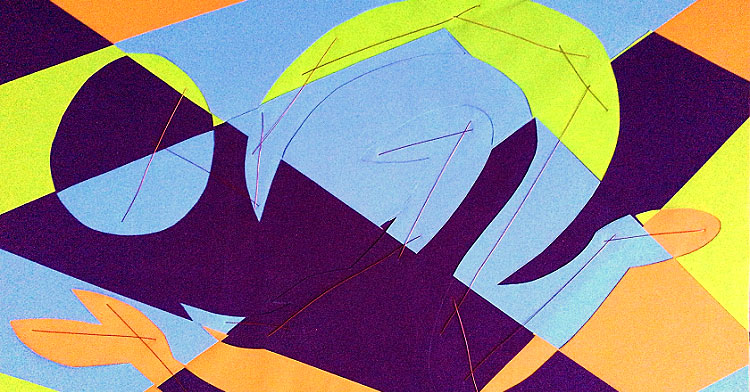
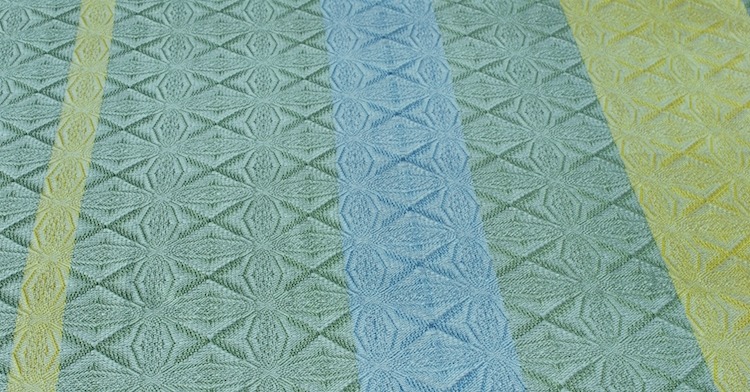
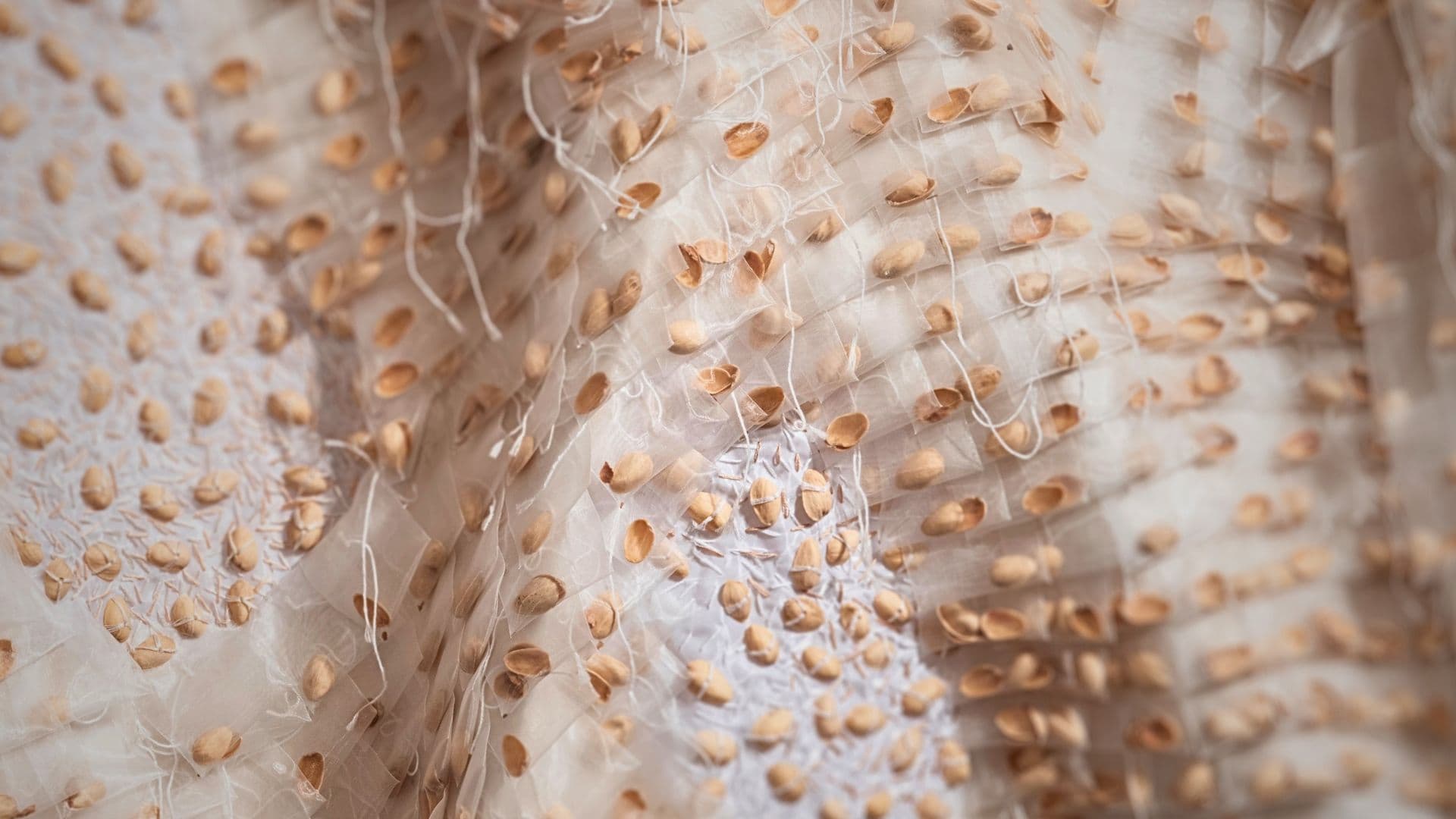
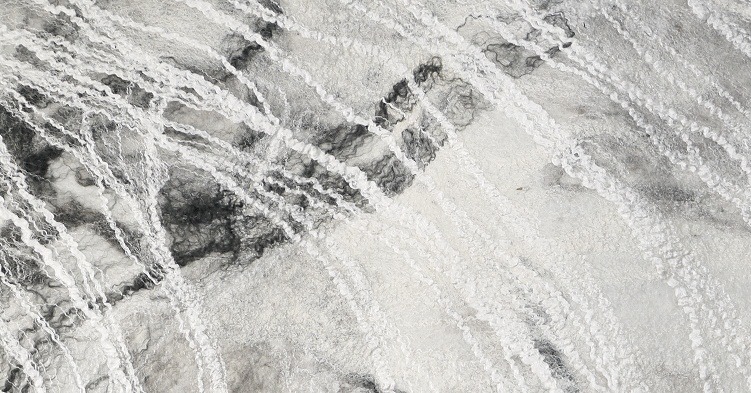
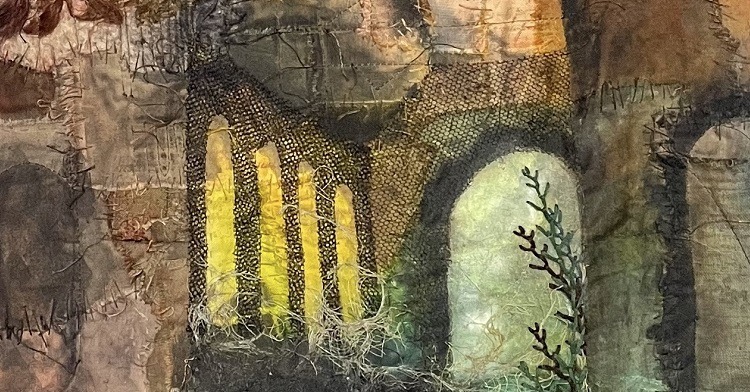
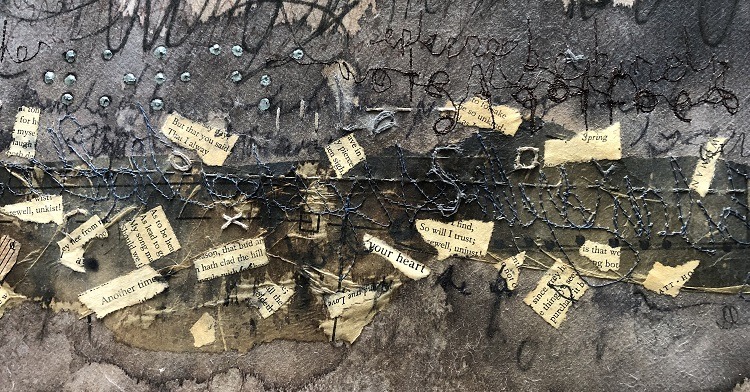
Comments